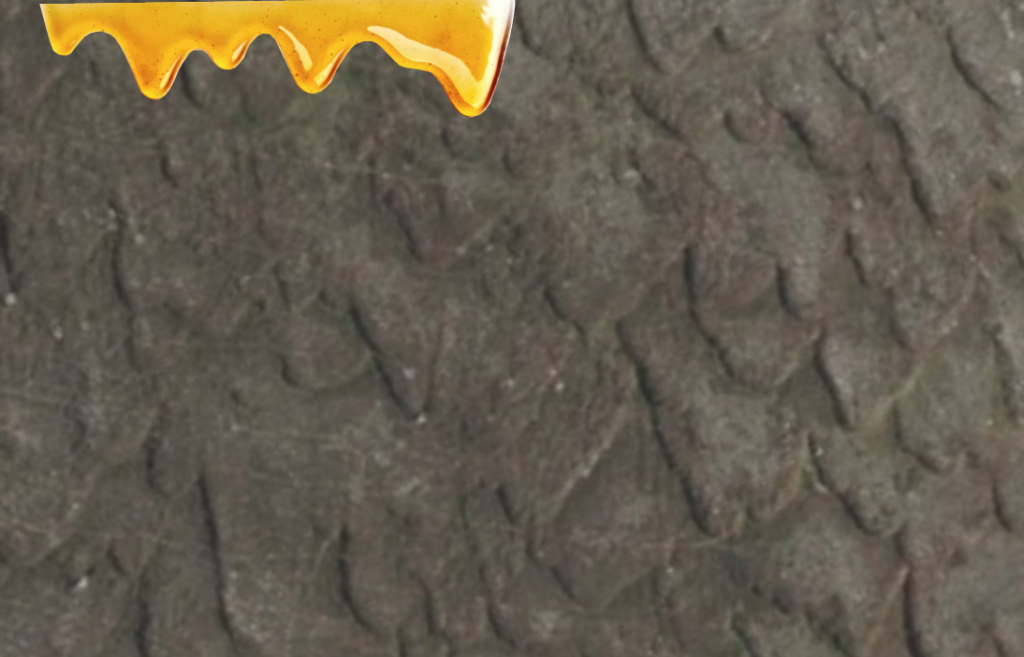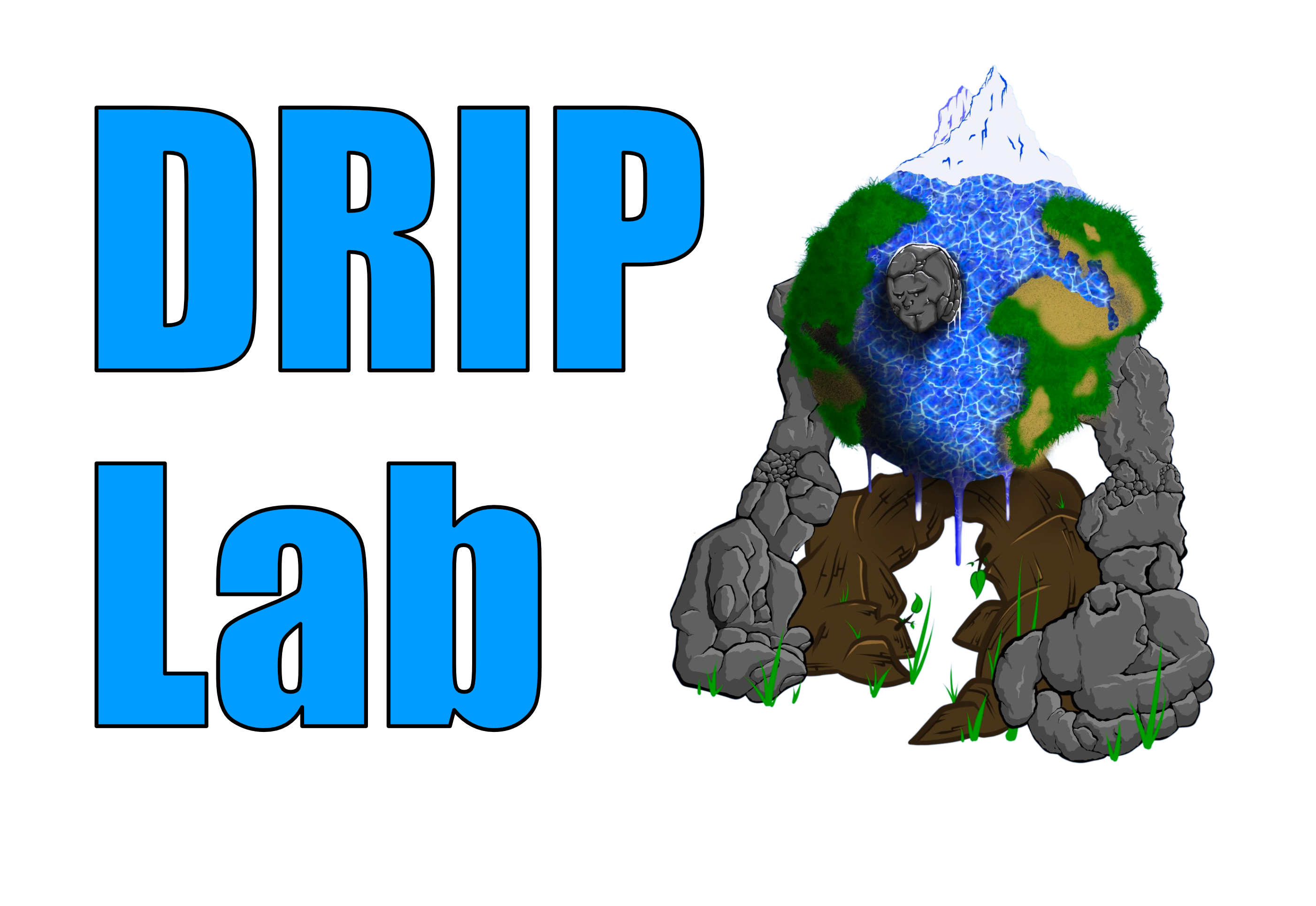Prospective Students
I’m often looking for PhD students and postdocs to join my group at the University of Rochester Department of Earth and Environmental Sciences. We use a combination of physical experiments, computer modeling, fieldwork and theory to try to figure out how stuff works on Earth’s surface. Check out the potential projects below to get an idea of ongoing work in our group- or reach out with a new idea of your own!
How to apply
Regardless of your background, if you’re interested in doing innovative geomorphology research, I welcome you to contact me at rachel.glade@rochester.edu. After chatting about opportunities, if you decide you want to apply then you’ll do so through the online application. The deadline is usually in mid January. You may also want to check out the other great faculty members in the Earth and Environmental Sciences Department!
Note: This process is similar for most grad schools- first, reach out to faculty you’d be interested in working with about a year before you would start. After that, you can decide if you want to apply to the program and your potential faculty mentor will know to look for your application. In general, it’s good to send a brief email (~5 sentences) that describes your background, research experience, and interests.
U of R and the Greater Rochester Area
The University of Rochester is a highly ranked R1 research university, and the Rochester area’s cultural, educational, and recreational assets frequently place it among the best places to live and work. For example, the Eastman School of Music is one of the best music schools in the country and offers hundreds of free concerts every year. The Rochester area is also home to over 100 festivals each year, including the Lilac Festival and Rochester International Jazz Festival. In Rochester you can have the feel of a big city while being minutes away from great outdoor opportunities- Lake Ontario, The Finger Lakes, Niagara Falls! And only a few hours drive from Toronto.
Potential Projects
Here are some ongoing research threads in our group. There are many potential projects within each topic. I feel strongly about students developing and having ownership over their own project, so research directions are certainly not limited to these areas!
Sediment diffusion in rivers
Sediment traveling along the bottom of a river takes a zig-zag path, much like a ball bouncing down the pegs of a plinko board. What is the physical basis for these lateral sediment motions, and what do they mean for river evolution? This video by Mark Schmeeckle shows the complex motions of sand in water.
Granular segregation in geophysical flows
Sediment grains of different shapes and sizes commonly self-organize in a process known as granular segregation. For example, if you shake a jar of mixed nuts, the biggest one (usually the brazil nuts) “float” to the surface. We can use modeling, theory and experiments to better understand this process in rivers, debris flows, and landslides
Soil transport processes in Arctic landscapes
Soil in cold regions moves through complex processes involving ice, water, and gravity. One of the most common processes, called “solifluction,” results in striking spatial patterns that strongly resemble classic fluid instabilities (see photo of solifluction lobes in Norway, with dripping honey overlay). How can we explain these patterns, and what can they tell us about the mechanics of frozen soil and its response to climate change? Learn more here.

The impact of fish spawning on fluvial sediment transport
Fish spawning activities are known to move a large amount of sediment in natural systems. While spawning is known to dilate the bed at the surface, potentially leading to a lower stress needed to move sediment, what happens at depth? How does the flapping of a fish tail alter the granular mechanics of the bed? We can approach this problem using numerical models and small-scale lab experiments.
